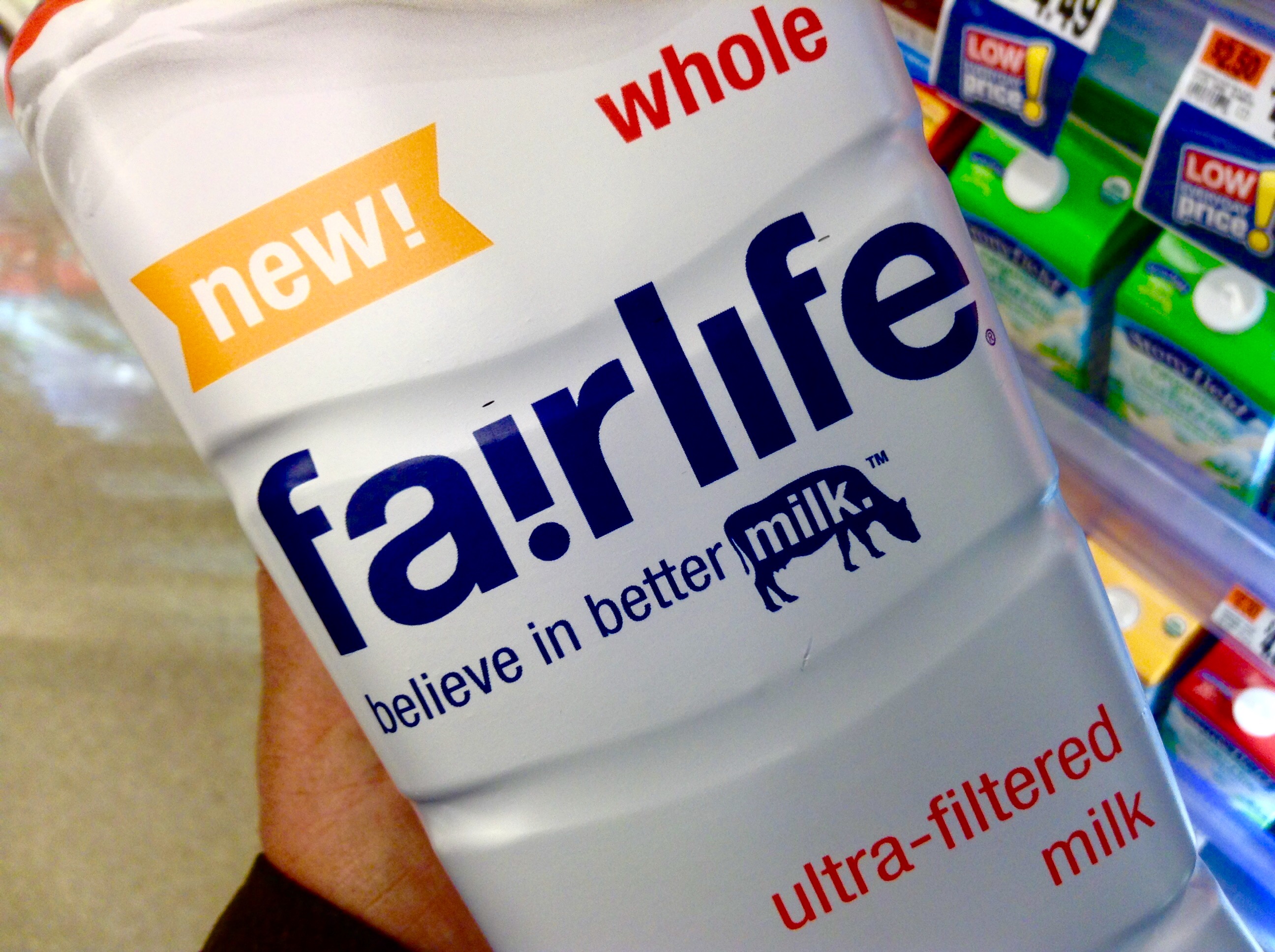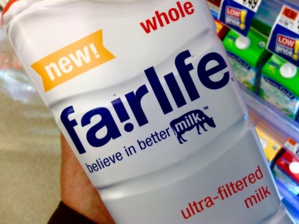In this age of craze health obsession, popularity of carbonated beverages with an insane amount of sugar gradually falls. Coca-Cola understands it pretty well. It occurred to the company some time ago, and then the producer created a subdivision Venturing and Emerging Brands. It has already invested in Zico coconut water, Honest tea, Fuze juices, and now - in the milk.
Fairlife and Coca-Cola already have a common history of relationships. Steve Jones, CEO of the dairy company, worked in the Coca-Cola from 2000 until 2003 as Director of Marketing. During those 3 years, John has played a key role in the future start-up and promotion of the brand Simply juices, which now brings several billion dollars to the company. This juice has become a successful competitor to the world’s famous Tropicana (owned by PepsiCo). Now, Steve Jones is convinced that the same can be done with milk.
Coca-Cola monitors the state of the market and take its decisions basing on quite clear data. According to Nielsen estimates, modified milk sales jumped by 23.5% for the year. Organic milk also showed good results: + 7.2%. Soft drinks, however, fell by 0.2% during the same period.
Milk, as well as many other groups of goods, is running like a roller coaster. In the one year-outlook, it seems that this is an extremely popular product. In fact, this is a rebound from the bottom. In 1945, an average American consumed 159 liters of milk per year. By 2015, however, this figure fell to 2 and a half times, up to 72 liters. Nothing was helpful for a long time, even the legendary marketing campaign "Got milk?" held in 90s. Now, the natural change of attitudes to lifestyle helps milk better than any advertising.
The market, which "Coca-Cola" tries to penetrate, already has some powerful competitors in store. One of them is Dean Foods, the largest producer of milk in the United States. Its brand TruMoo is promoted by Greg Schwartz, a longtime senior brand manager at Coca-Cola.
Nomura Experts believe that Coca-Cola, with its impressive marketing budgets, have a good chance to win and gain significant market share. However, at first, advertising expenses will surely exceed the profit potential: the producer will have to urgently explain to an average consumer why he is really wants to pay 2 times more for Fairlife.
source: fortune.com
Fairlife and Coca-Cola already have a common history of relationships. Steve Jones, CEO of the dairy company, worked in the Coca-Cola from 2000 until 2003 as Director of Marketing. During those 3 years, John has played a key role in the future start-up and promotion of the brand Simply juices, which now brings several billion dollars to the company. This juice has become a successful competitor to the world’s famous Tropicana (owned by PepsiCo). Now, Steve Jones is convinced that the same can be done with milk.
Coca-Cola monitors the state of the market and take its decisions basing on quite clear data. According to Nielsen estimates, modified milk sales jumped by 23.5% for the year. Organic milk also showed good results: + 7.2%. Soft drinks, however, fell by 0.2% during the same period.
Milk, as well as many other groups of goods, is running like a roller coaster. In the one year-outlook, it seems that this is an extremely popular product. In fact, this is a rebound from the bottom. In 1945, an average American consumed 159 liters of milk per year. By 2015, however, this figure fell to 2 and a half times, up to 72 liters. Nothing was helpful for a long time, even the legendary marketing campaign "Got milk?" held in 90s. Now, the natural change of attitudes to lifestyle helps milk better than any advertising.
The market, which "Coca-Cola" tries to penetrate, already has some powerful competitors in store. One of them is Dean Foods, the largest producer of milk in the United States. Its brand TruMoo is promoted by Greg Schwartz, a longtime senior brand manager at Coca-Cola.
Nomura Experts believe that Coca-Cola, with its impressive marketing budgets, have a good chance to win and gain significant market share. However, at first, advertising expenses will surely exceed the profit potential: the producer will have to urgently explain to an average consumer why he is really wants to pay 2 times more for Fairlife.
source: fortune.com






